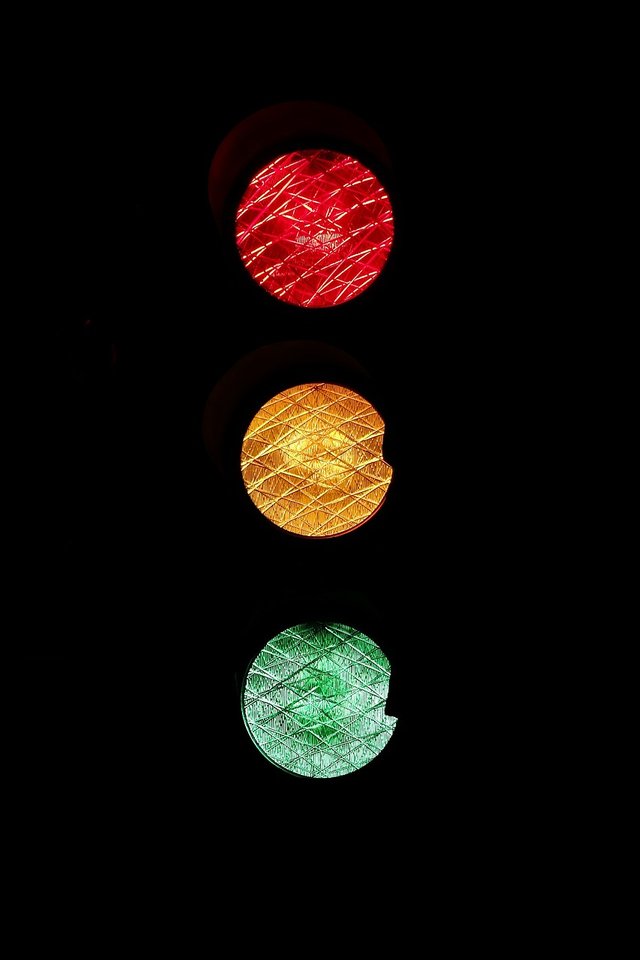
The use of red, amber (yellow), and green in traffic lights is a standardized international convention that serves to communicate clear signals to drivers and pedestrians. The colors were chosen based on considerations of visibility, human psychology, and the need for a universally understood system. Here's a breakdown of the reasons behind the choice of each color:
Red:
Symbolism: Red universally symbolizes danger and is associated with stopping or alerting.
Visibility: Red is a color that is easily distinguishable, even from a distance. It is attention-grabbing, making it an ideal choice for signaling drivers to stop.
Amber (Yellow):
Transition Signal: Amber is used as a transition signal, indicating that a change is about to occur.
Caution: Yellow is often associated with caution or warning. When the light turns yellow, it signals drivers to prepare to stop before the red light.
Green:
Go Signal: Green is universally associated with permission to proceed or move forward.
Clear Visibility: Like red, green is a color easily seen by the human eye, making it suitable for signaling drivers to go.
The use of these specific colors in traffic lights has been standardized by traffic engineering authorities globally, such as the Manual on Uniform Traffic Control Devices (MUTCD) in the United States. This standardization ensures consistency, allowing drivers to understand and respond to traffic signals regardless of their location.
Additionally, the order of the colors is consistent worldwide. The standard sequence is red, followed by amber, and then green. This sequence is designed to provide clear and unambiguous signals, reducing the likelihood of confusion or misinterpretation.
The implementation of traffic lights with red, amber, and green colors has proven effective in managing traffic flow, minimizing accidents, and facilitating safe and efficient movement on roads. The universal recognition of these colors contributes to a safer and more organized transportation system globally.
Source: (https://www.dmvedu.org/)